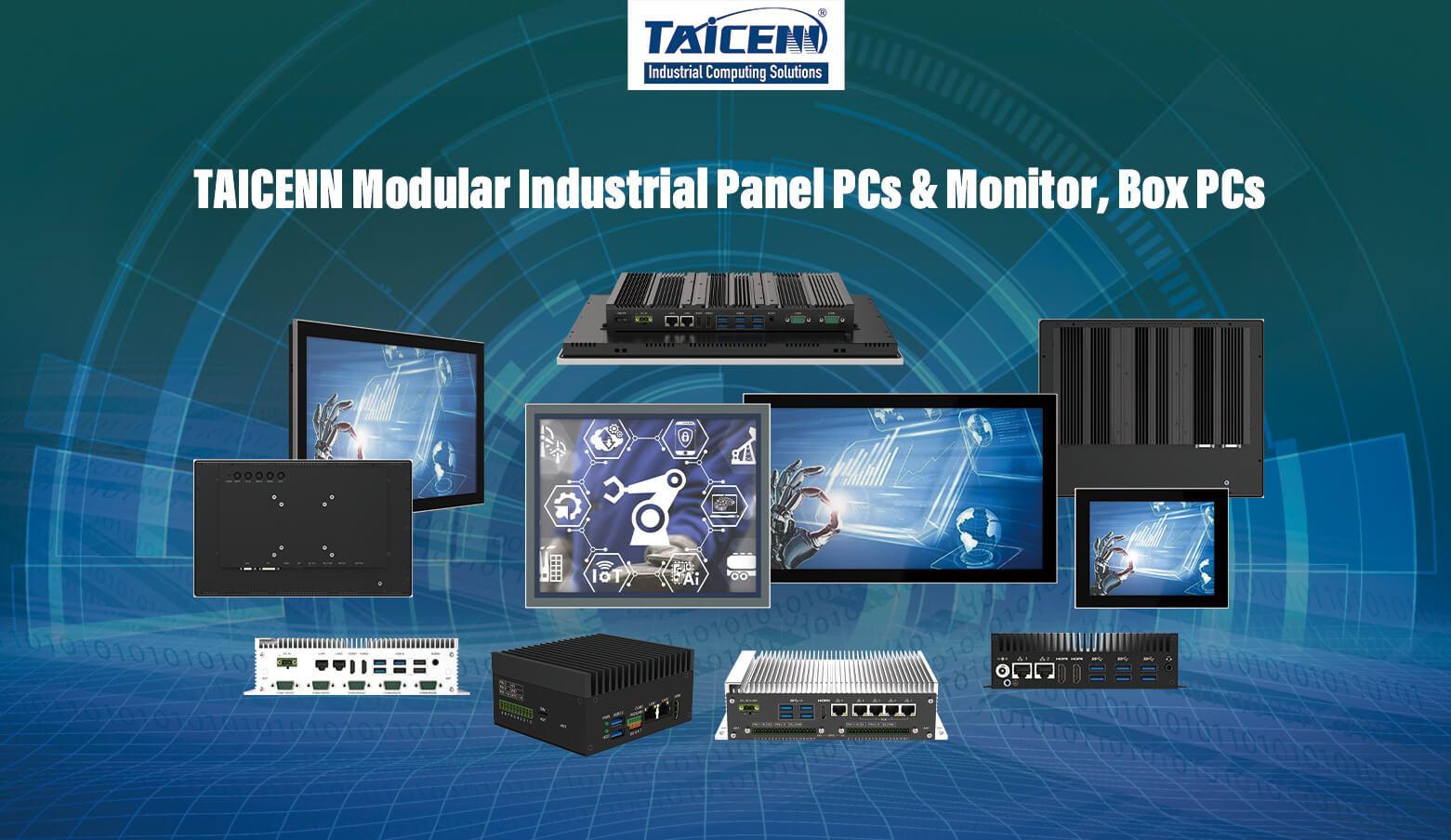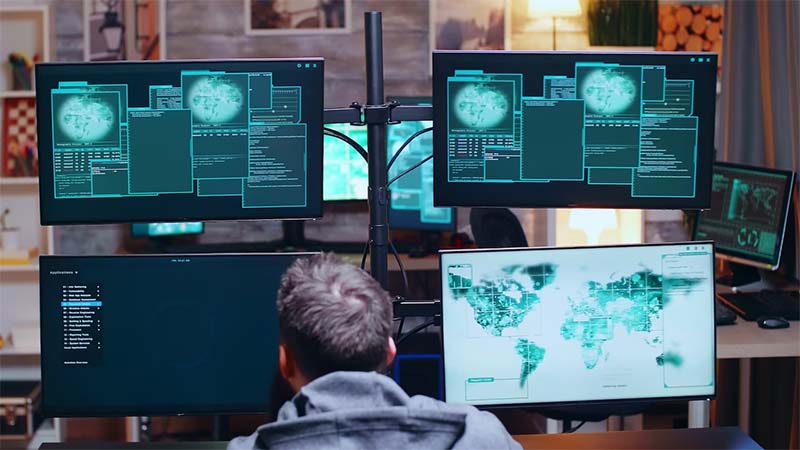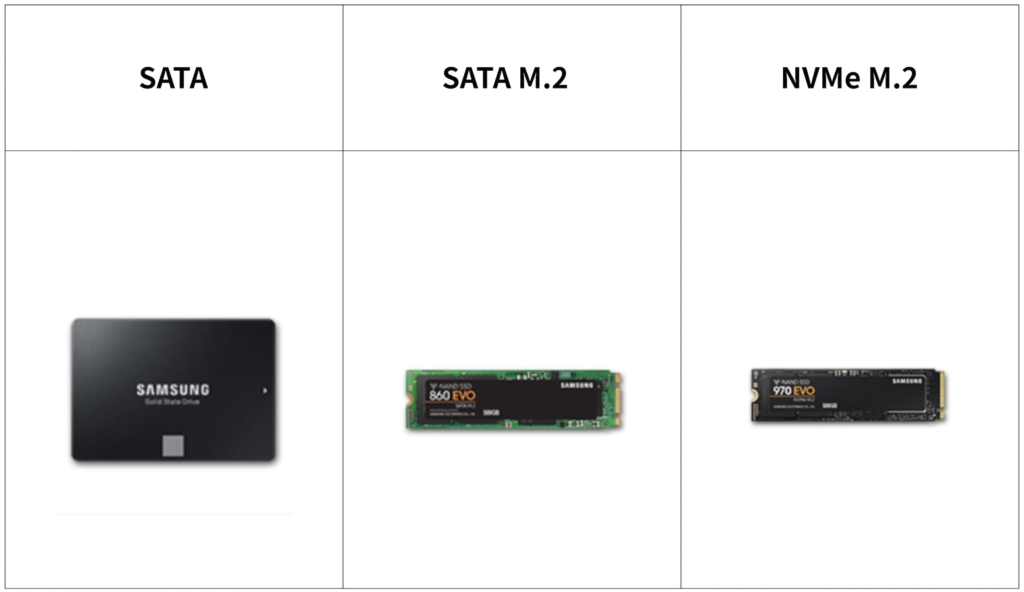Blog
Exploring the Evolution: A Deep Dive into Trends in Industrial Computing

Welcome to the thrilling world of industrial computing, where cutting-edge technology meets the heartbeat of manufacturing and automation. In this fast-paced digital age, industrial computing has revolutionized how industries operate, paving the way for increased efficiency, productivity, and innovation. Join us on a deep dive into the latest trends shaping the industrial computing landscape as we explore Industry 4.0, advancements in automation and robotics, artificial intelligence (AI), and beyond. Buckle up as we embark on an exhilarating journey through the fascinating realm of industrial computing!
Evolution of Industrial Computing: From Mechanical to Digital Age
In the early days of industrial computing, mechanical systems, and analog technology reigned supreme. Massive machines clanked and whirred in factories, relying on physical mechanisms to perform tasks.
As the digital age dawned, a seismic shift occurred as computers began infiltrating every aspect of industrial operations. This transformation started a new era where automation, precision, and speed became paramount.
Gone were the days of manual labor and rudimentary processes; now, algorithms and software controlled intricate systems with unparalleled accuracy. Integrating digital technologies paved the way for more innovative production methods, streamlined workflows, and real-time data analysis.
Today, we stand at the cusp of unprecedented possibilities in industrial computing as advancements push boundaries and redefine what is achievable in manufacturing landscapes worldwide.
Current Trends in Industrial Computing
The industrial computing landscape is constantly evolving and adapting to ever-changing technological advancements. One of the current trends in this field is the increasing adoption of edge computing, where data processing occurs closer to the source rather than relying solely on centralized servers. This approach reduces latency and enhances real-time decision-making capabilities.
Another prominent trend is the integration of Internet of Things (IoT) devices in industrial settings, enabling seamless communication between machines and systems. IoT sensors provide valuable insights for predictive maintenance, improving operational efficiency, and reducing downtime.
Cloud computing plays a significant role in industrial environments, offering scalability and flexibility for storing and analyzing large volumes of data generated by interconnected devices. Moreover, cybersecurity measures have become a top priority as industries strive to protect their sensitive information from threats.
These trends signify a shift towards more agile and intelligent industrial computing systems that empower organizations to optimize processes and stay competitive in today’s digital era.
Impact of Industry 4.0 on Industrial Computing
Industry 4.0, the automation and data exchange era in manufacturing technologies, has revolutionized industrial computing. By integrating cyber-physical systems, IoT devices, and cloud computing, businesses can optimize their processes like never before.
This transformation has increased efficiency, reduced downtime, and improved industry decision-making capabilities. Real-time data analytics enable proactive maintenance strategies and predictive modeling for better resource allocation.
Moreover, Industry 4.0 has paved the way for interconnected smart factories that communicate seamlessly with each other. This level of connectivity enhances productivity and enables adaptive production lines that can respond dynamically to changing demands.
As we continue to embrace digitalization and automation through Industry 4.0 principles, the landscape of industrial computing will undoubtedly evolve even further into unparalleled innovation and optimization.
Advancements in Automation and Robotics
Advancements in automation and robotics have revolutionized the industrial landscape. By integrating cutting-edge technology, machines are now capable of performing complex tasks with precision and efficiency.
Automation has significantly improved productivity by streamlining processes and reducing human error. On the other hand, robotics has enabled industries to automate repetitive tasks that were once labor-intensive.
Collaborative robots or cobots have also gained traction in industrial settings, where humans work alongside robots safely. This collaboration enhances productivity while ensuring a safe working environment for employees.
Furthermore, advancements in artificial intelligence have empowered robots to learn from their experiences and adapt to new situations autonomously. This capability is reshaping how industries approach manufacturing processes.
Automation and robotics continue to push boundaries, opening up new possibilities for enhancing efficiency and driving innovation across various sectors.
Role of Artificial Intelligence (AI) in Industrial Computing
Artificial Intelligence (AI) is revolutionizing industrial computing by enabling machines to perform tasks that typically require human intelligence. In manufacturing, AI algorithms analyze vast amounts of data to optimize production processes and detect potential issues before they escalate.
AI-powered predictive maintenance systems can predict equipment failures, minimizing downtime and reducing maintenance costs. Moreover, AI-driven robotics enhance warehouse efficiency by automating inventory management and order fulfillment processes.
Machine learning algorithms improve quality control by identifying defects in real time during production. Additionally, AI enhances safety protocols by detecting anomalies in operational patterns that could pose risks to workers.
The role of Artificial Intelligence in industrial computing continues to expand rapidly, offering unprecedented levels of efficiency and productivity across various sectors.
Challenges and Opportunities for the Future of Industrial Computing
As we look towards the future of industrial computing, it’s clear that challenges and opportunities lie ahead. With the rapid technological advancements, industries need to stay agile and adaptable to keep up with the changing landscape. Embracing Industry 4.0, automation, robotics, and AI will be crucial for businesses to remain competitive.
One key challenge will be ensuring cybersecurity measures are robust enough to protect sensitive data and systems from potential threats. As more devices become interconnected through IoT in industrial settings, the risk of cyber-attacks increases significantly.
On the flip side, there are immense opportunities for growth and innovation in industrial computing. Companies that can harness the power of data analytics, machine learning, and AI stand to gain a significant competitive advantage. By leveraging these technologies effectively, businesses can optimize processes, improve efficiency, and drive overall productivity.
In conclusion – Challenges may abound in navigating the complexities of industrial computing in an increasingly digital world; however, the future holds vast possibilities for those willing to embrace technological evolution proactively and strategically adapt their operations accordingly.











